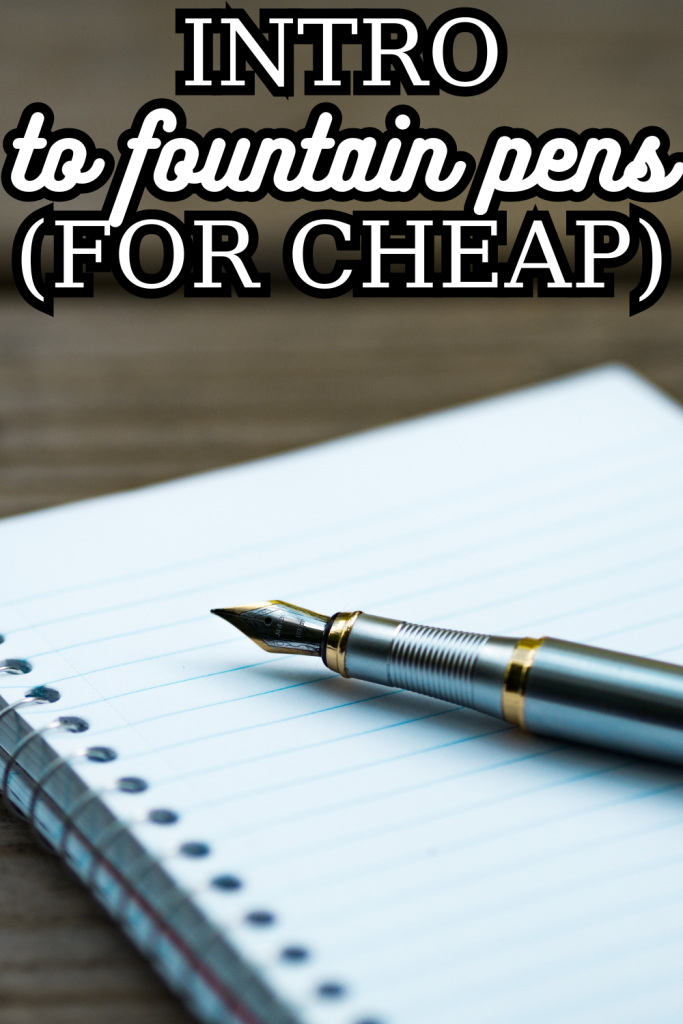I became interested in the Everyday Carry (EDC) world a few years ago, but quickly noticed that many of the suggestions had to do with natural disasters and nuclear fallout events– not people’s real, everyday lives. It’s good to be prepared for emergencies, but let’s be honest that the worst situation most of us are likely to come across is a flat tire.
EDC is particularly important to me because I do not drive, so anything I might need throughout the day has to be carried on my person and not left in a car long-term. Your situation might differ, but it is still good to be intentional about what you bring with you, so you don’t forget important items NOR carry around much more than you need.
The Container
The first thing you need to consider is what you’re going to put your EDC in. (If you don’t have the actual item yet, that’s okay– just consider your needs.) Many people prefer a small bag or fanny pack or even their pockets, but I like to take a slim backpack with lots of small zippers. The reasons for this are a few:
- Backpacks are gender neutral.
- I can carry more than I would be able to in a small bag. (Obviously.)
- My state doesn’t do plastic bags at grocery stores anymore, so if I’m out and about and pick up a few things, I can put them in my backpack and not have to carry them in my arms.
- If I decide to augment my EDC with temporary supplies like my laptop or a book, I don’t have to switch bags.
- I can put my water bottle in the side pocket and not have to carry it in my hands.
- It’s water resistant for the rain.
- The backpack is slim, with just enough room for my laptop and a few other things, so it has all these advantages without being bulky.
The Single Most Important Item For Your Everyday Carry
The absolute most important thing you can carry with you is a full day’s worth of your prescription medications. There are many mundane AND emergency situations where you might need them. Besides the stuff in your wallet, your prescription medications are the most impossible thing to replace while you’re out and about, so make sure you have backups. Don’t put your health and your ability to function at risk. Keep with them a list of the names of all the medications you are on, dosages, and what they treat, which can be referred to during doctor’s visits or given to EMTs in a crisis. You can get a special pill container or just put them in a plastic baggie.
Other Items to Consider
- Phone, wallet, keys. The obvious. Your wallet should include your ID, medical card if relevant, and both digital and physical money. Put your phone in a reasonably rugged case and pare down your keys as much as possible. If you struggle to remember which keys are which, you can mark them with color-coded nail polish or special key-distinguishing markers. If you feel unsafe, there is no worse situation to be in than standing outside your car or house fumbling with your keys.
- Phone charger (cord AND brick) and a portable battery for charging when you’re not near an outlet. Phones might be the most important tool we have nowadays, and if your phone is charged, you can deal with most unexpected situations.
- Non-prescription medications that you may want to have, like antacids or painkillers.
- Bus supplies, like single dollar bills or a refillable bus card, route maps, etc. Even if you don’t ordinarily take the bus, your car might break down. If busses are not feasible where you are, keep taxi or Uber/Lyft information handy and money (physical or digital) to pay for them. Carry with you anything you might need to get back to your house if something unexpected does occur.
- Water bottle and snack. I find these things to be indispensable in my EDC because I am very sensitive to being hungry and my ability to cope quickly fades.
- Some sort of self-defense item, like pepper spray or a key chain cat face with pointy ears (you put your fingers in the eye holes, like a legal form of brass knuckles). I have never needed the one that I have, but I know that it makes some people feel safer. Make sure it is easily accessible.
- A notebook and a writing utensil. Your notebook can be full-size, like your bullet journal or planner, or just a small pad. Your writing utensil should be reliable. Maybe have two.
- TWO sets of earbuds. This has saved my sanity on numerous occasions, and won’t take up too much space in your bag.
A Final Note
Just because you can take it with you, it doesn’t mean you should. Try paring your EDC down to what you might need in REALISTIC emergencies.



